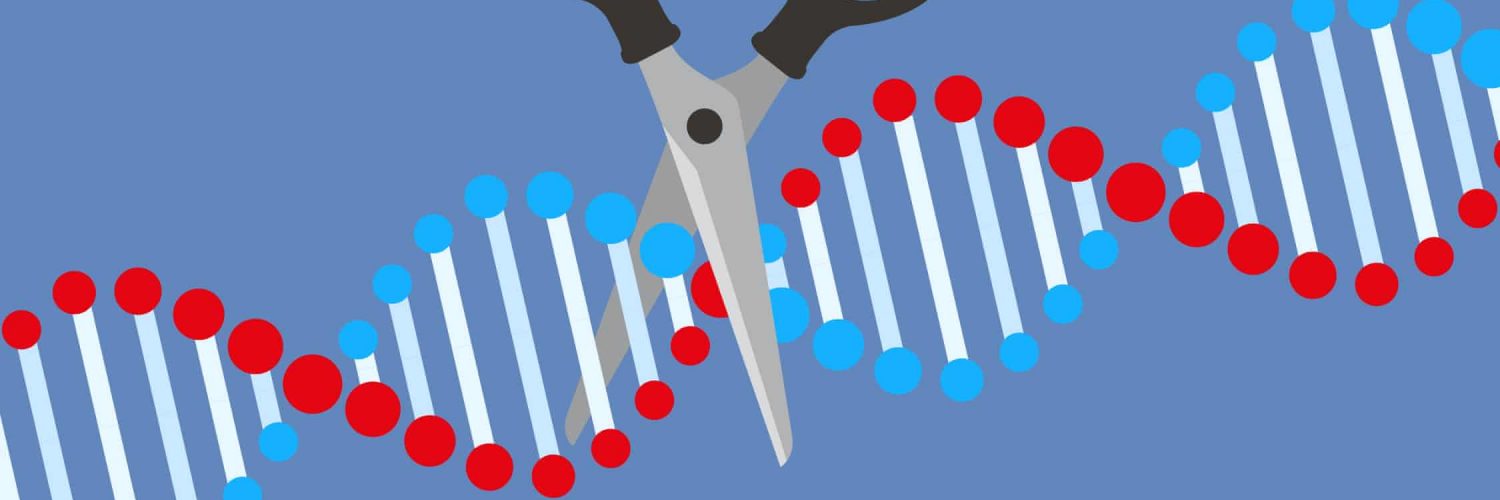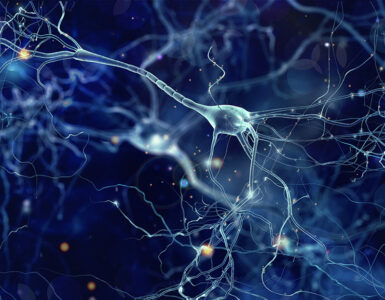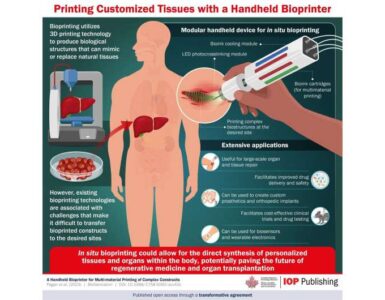When last year’s Nobel prize for chemistry was awarded to biochemist Jennifer Doudna and microbiologist Emmanuelle Charpentier for their work in developing the technique of gene editing known as Crispr-Cas9 (pronounced “crisper”), headlines hailed their discovery as “molecular scissors” that would allow us to “rewrite the book of life” – with all the complicated ethical questions that ability raises. But much of the excitement has nothing to do with visions of designer babies. The real promise of Crispr is for treating diseases caused by genetic mutations, from muscular dystrophy to congenital blindness, and even some cancers.
Many common diseases, including heart conditions, Alzheimer’s and diabetes, are partly caused by genes: people who inherit the “wrong” variants of certain genes are more vulnerable. For many of these conditions the genetic component is complicated: many genes are involved. Other diseases, such as cystic fibrosis, might be caused by the malfunction of just one or a few genes. In that case, the disease might be cured entirely by gene editing: replacing the faulty genes with the healthy variant.
This “gene therapy” approach has been a goal ever since scientists first began learning how to edit genes in the 1970s. But it has never yet lived up to the hype, because editing one gene among about 21,000 others in the DNA of each of our cells is hard. It requires very accurate tools for finding the gene, snipping the DNA at that point, and then stitching in a new gene (or fragment of one) in its place.
Read more at The Guardian









